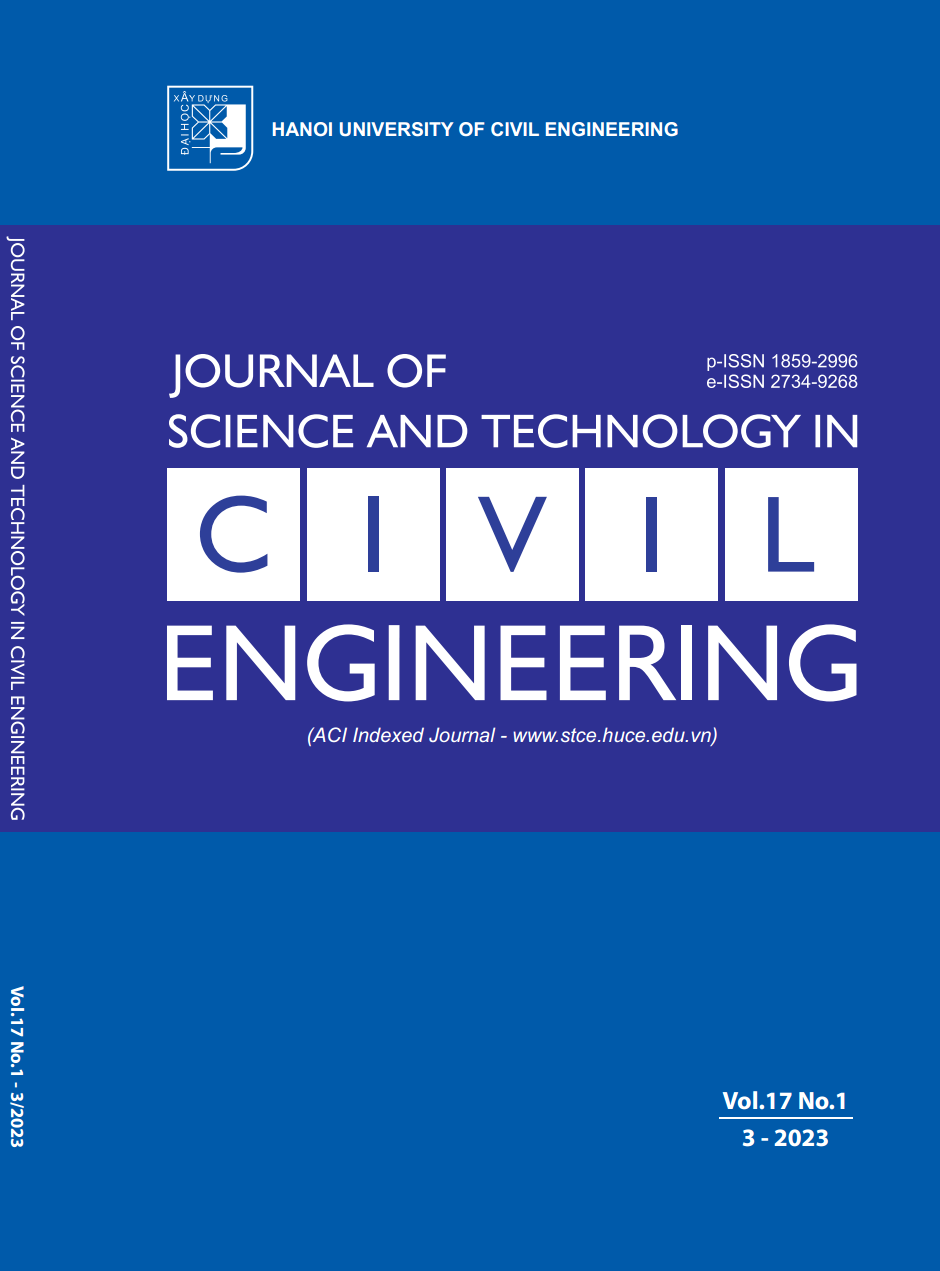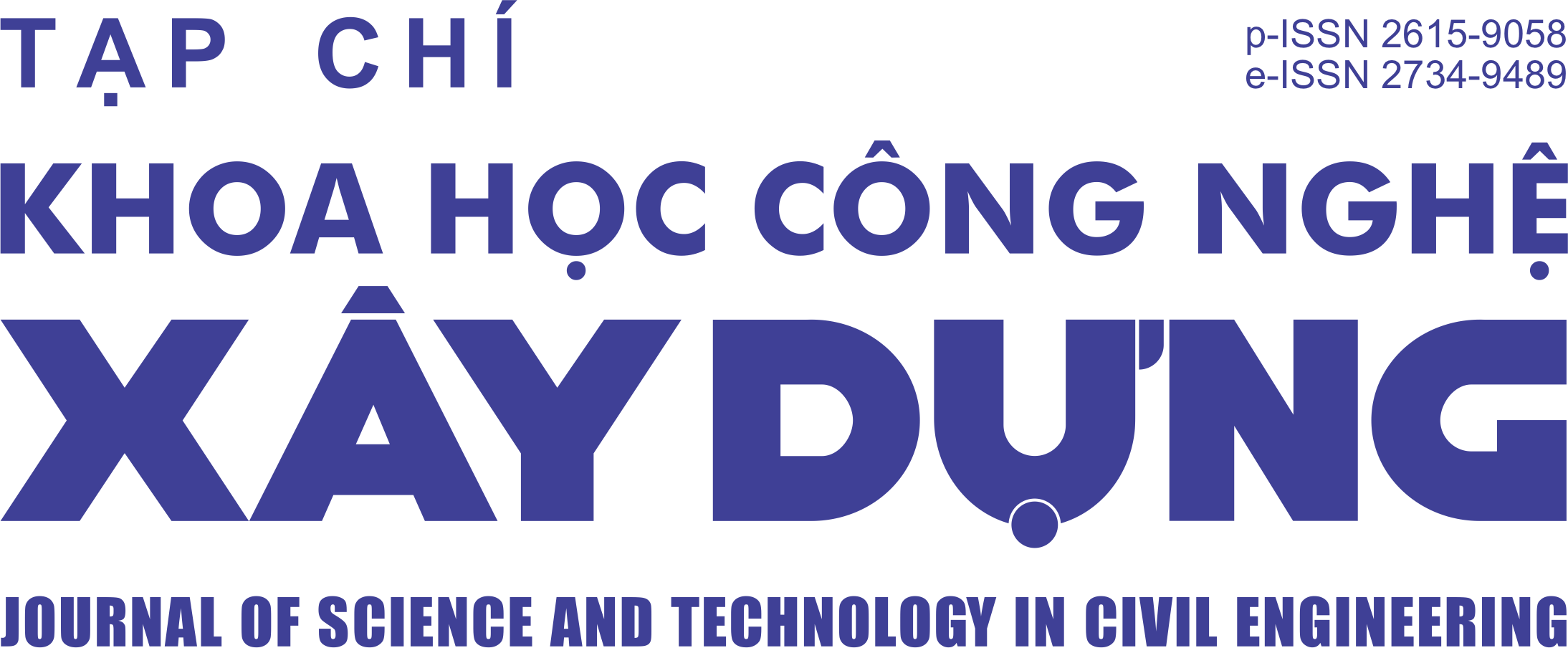An enhanced single damage identification in beams using natural frequency shifts and analytic modal curvatures
Abstract
This article presents an improved procedure for detecting single damage in beam-like structures. Many damage detection methods are based on the analysis of beam natural frequency shifts in damaged and intact states and its analytical modal curvatures. They identify the damage by constructing curves of damage coefficients along the beam and visually determining the point of their mutual intersection. However, for some cases, the absence of an unambiguous point of intersection of these curves or the low accuracy of its localization makes it difficult
to use these methods. To accurately determine the mutual intersection of damage coefficient curves, this work proposes to use a subset of modes without one having its curvature close to zero at the site of the alleged damage. This approach greatly simplifies the determination of the point of intersection of the curves of damage
coefficients. An enhanced procedure for the numerical determination of this intersection point is also proposed,
rather than the visual one used in existing methods. The effectiveness of the proposed technique was confirmed
by numerical simulation followed by experimental verification.
Downloads
Copyright (c) 2023 Hanoi University of Civil Engineering

This work is licensed under a Creative Commons Attribution-NonCommercial-NoDerivatives 4.0 International License.
1. The Author assigns all copyright in and to the article (the Work) to the Journal of Science and Technology in Civil Engineering (JSTCE) – Hanoi University of Civil Engineering (HUCE), including the right to publish, republish, transmit, sell and distribute the Work in whole or in part in electronic and print editions of the Journal, in all media of expression now known or later developed.
2. By this assignment of copyright to the JSTCE, reproduction, posting, transmission, distribution or other use of the Work in whole or in part in any medium by the Author requires a full citation to the Journal, suitable in form and content as follows: title of article, authors’ names, journal title, volume, issue, year, copyright owner as specified in the Journal, DOI number. Links to the final article published on the website of the Journal are encouraged.
3. The Author and the company/employer agree that any and all copies of the final published version of the Work or any part thereof distributed or posted by them in print or electronic format as permitted herein will include the notice of copyright as stipulated in the Journal and a full citation to the Journal as published on the website.







